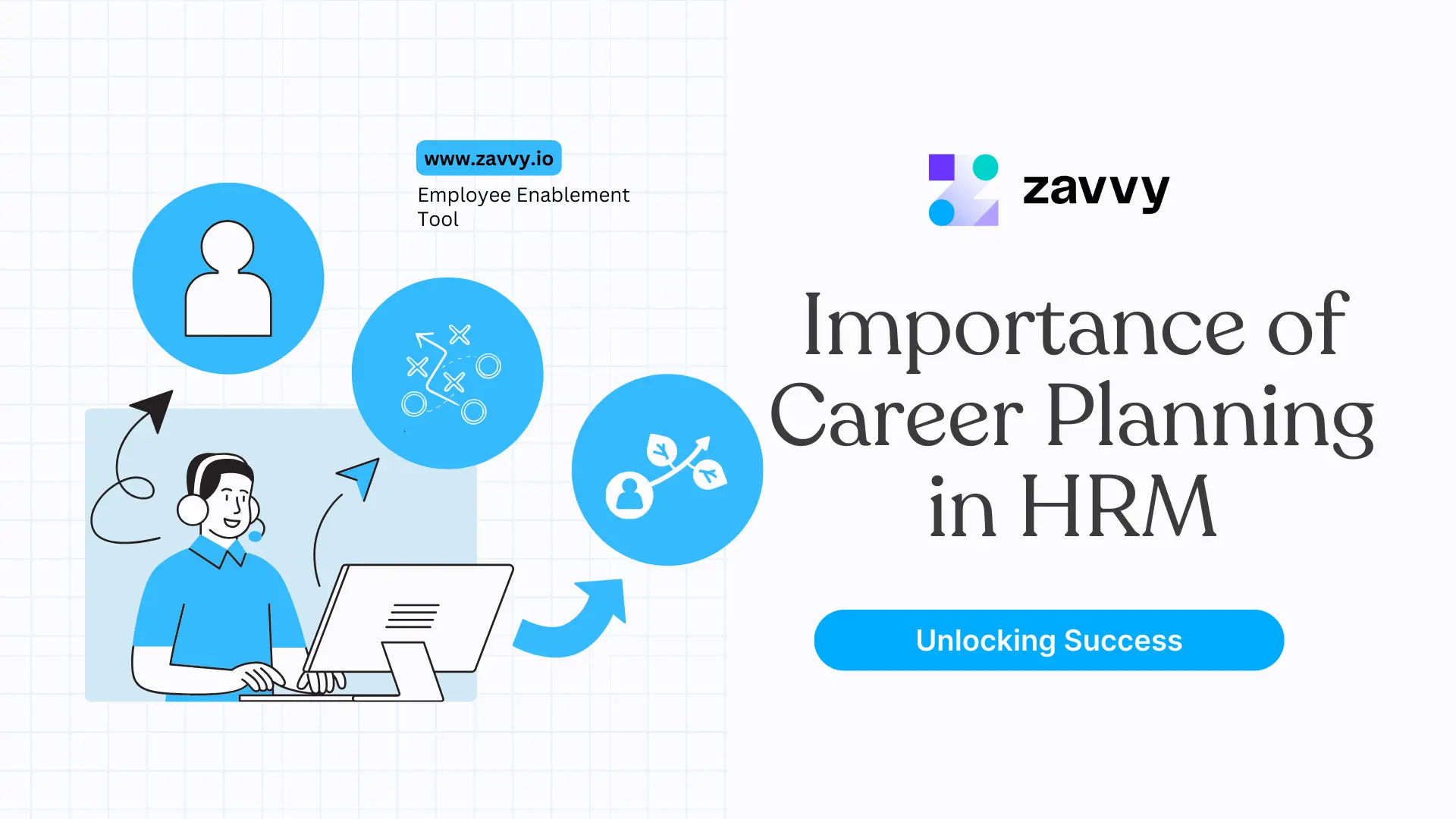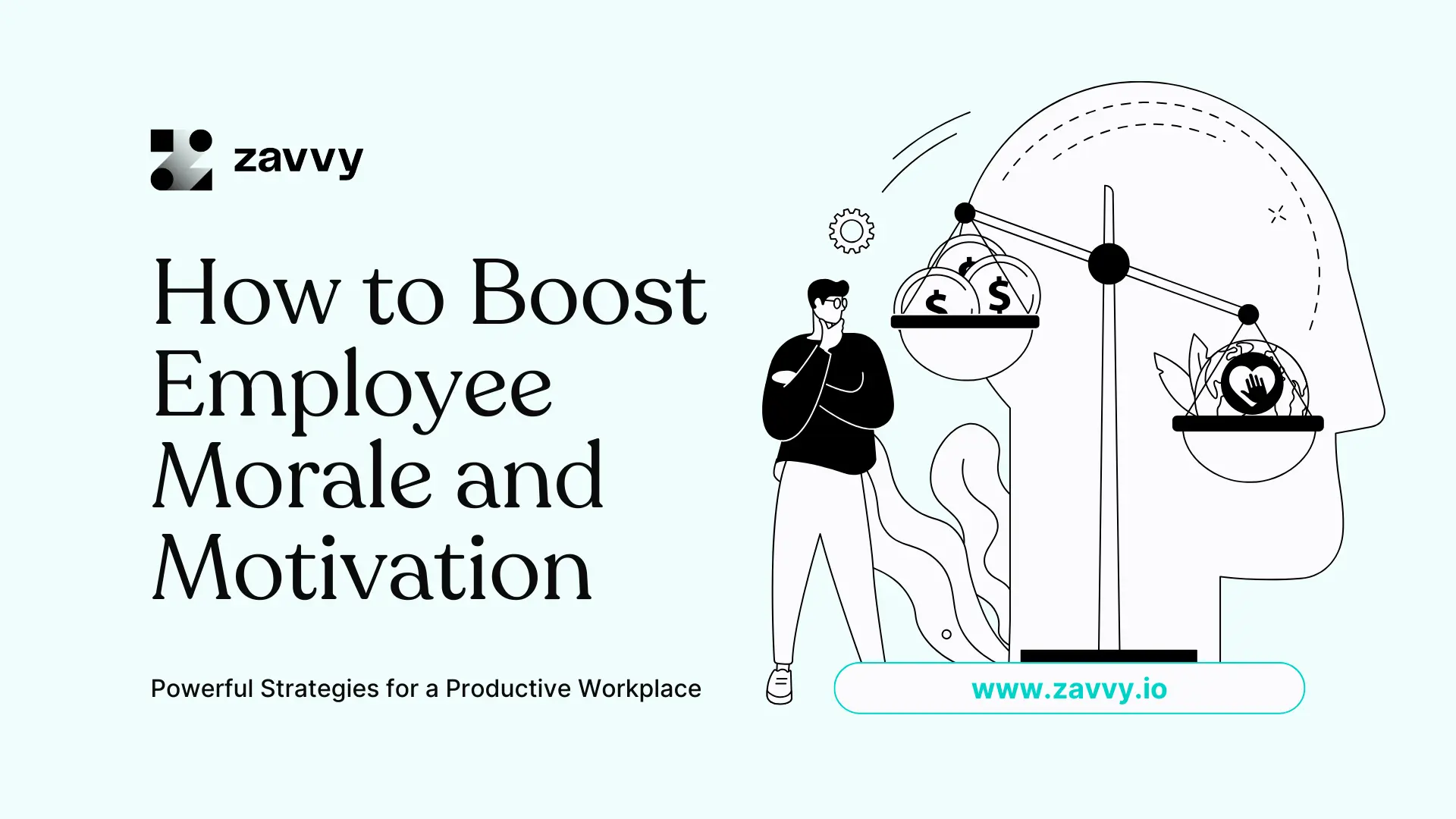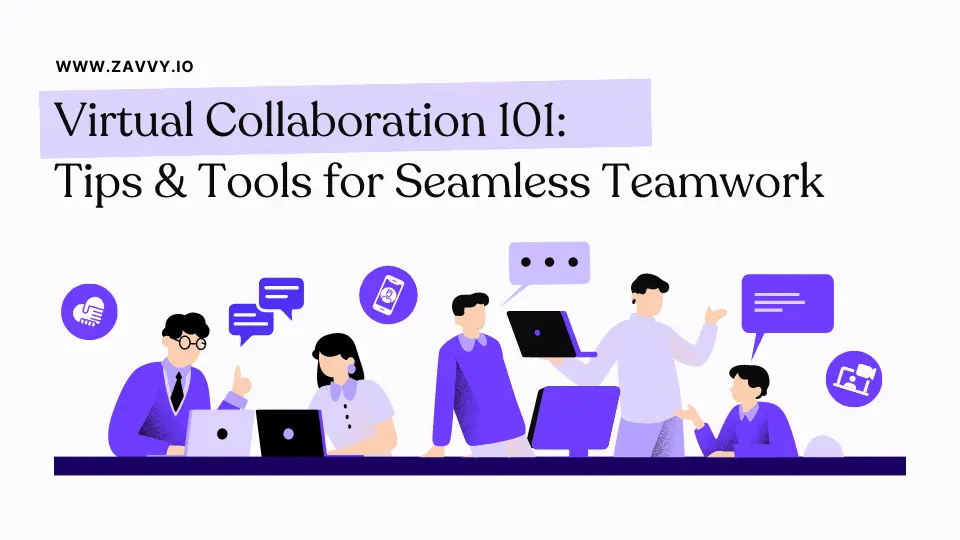.jpg)
How To Conduct A Training Needs Assessment (+ Free Template)
Zuletzt aktualisiert:
9.1.2024
Lesezeit:
18 minutes
última actualización
9.1.2024
tiempo de lectura
18 minutes
Last updated:
January 9, 2024
Time to read:
18 minutes

Imagine: the staffing team at your company assigns you a new project.
On your second day, the manager asks you to plan a team lunch.
The thought of having juicy meat at barbeque luncheons was appetizing to almost everyone in your previous team. You grab your phone and quickly make reservations at a top-rated BBQ restaurant without involving another team member in planning.
The day of the luncheon arrives. On your way to the restaurant, you mumble: “Making a good impression on the new team – DONE.”
What could go wrong, right?
It turns out, most employees in your new team are vegetarian.
What a bummer!
Notice any similarity between you and most organizations' Learning & Development (L&D) teams?
Both fail to realize that the one-size-fits-all approach doesn’t work everywhere.
As an HR professional, you need to create customized training programs for each employee based on their interests and needs.
Conducting a training needs assessment (TNA) can help make your job easier, save time and the company’s resources. You can use it to evaluate your employees' current performance against required standards and recommend L&D programs to fill performance gaps.
“HR is often wasting time and effort on irrelevant learning that won’t ever be used to further the business or the career of the employee” – Gartner.
Let's dig deeper to find out how.

🔍 What is a training needs assessment?
Training needs assessment (TNA) is a process used by organizations, HR, or Learning & Development (L&D) professionals to identify the gap between the staff's current and expected performance and recommend the training to fill those gaps.
It compares an employee's Knowledge, Skills, Abilities and Other Characteristics (KSAOs) with the required standard for a particular role or industry.

As per McGhee and Thayer’s Three Level Analysis, the training needs assessment has three levels: Organizational, Occupational, and Individual.
Organizational level
At the organizational level, companies use the training needs assessment to evaluate the KSAOs of the entire organization at a macro-level and how it aligns with the business goals.
It gives the management a snapshot of the workforce's current skills and competencies. Also, it empowers the HR department to create robust training programs to fill the critical skills gaps.
For instance: If your organization's sales revenue is not increasing at the same pace as your competitors, it is time for a change. You need to align your training programs with your business objectives and think about consistently delivering more actionable content to your sales team.
Operational level
At the operational level (also called task or job level), the workforce is assessed on their knowledge, skills, and abilities to achieve a specified level of proficiency successfully. It evaluates an employee’s performance in contrast to the required standards for different roles within the team or department.
The following sources can give you the data points to successfully conduct a training needs assessment at the operational level:
- Job descriptions
- Focus groups
- Insights from industry experts and managers about required performance standards for each role
- Publicly available industry standards.
Individual level
Training needs assessment at the individual or personal level checks an employee’s ability to perform the assigned job or tasks compared to the expected standards.
The difference or gap between the current and required skills or competencies helps the employer identify training needs. The HR department recommends tailor-made learning and development programs to fill these gaps.
You can use a skills matrix to have a strong understanding of an employee’s skills and abilities. The matrix also gives employees an overview of their responsibilities and can be used to define “outstanding” performance.
Let's move on and look at why conducting a training needs assessment is crucial for devising relevant and effective training programs.
❓ Importance of training needs assessment
Everyone wants to be the best at their work, and employees want and need training that prepares them for future roles. In contrast, the management wants a trained workforce that meets customers' needs and helps the organization achieve its goals.
The HR department undertakes the responsibility of planning employee training.
The primary purpose of conducting training is to enhance the employees' skills. Learning sessions help provide employees with new skills and knowledge that can improve their performance at work.
However, some companies do not proactively invest in training their employees, resulting in substandard work from undertrained workers.
Shehzad Dhedhi, Team Lead - Group Finance APAC (Singapore), Credit Suisse, says,
“When training is just a ceremonial activity or tick box compliance, without proper Training Need Assessment and focus on outcomes, it results in wastage of resources”

Suppose a company wants to get maximum benefits from its employees. In that case, it should conduct TNA regularly to find out what kind of training its employees need.
Conducting a training needs assessment falls within the umbrella of employee L&D and should be done thoughtfully. It can help turn your business into a thriving entity.
Identifies knowledge gaps
Conducting a training needs assessment helps HR identify the skill level of current employees and the areas where they need improvement. It can help organizations address training gaps and determine where they should direct training resources.
Aligning the L&D activities with the company goals ensures employees have a direction when they finish the assigned training.
Effective resource allocation
Training needs assessment helps you determine the "who, what, and when" of workforce training.
Moreover, it helps managers make informed decisions regarding upskilling employees, mainly when staff is limited.
Having the collective data of the entire workforce enables you to allocate projects based on talents, strengths, and skills. Employees' productivity increases when they work on projects that match their interests and strengths, benefiting them and the employer.
Saves time, money and improves employee retention
Data-backed L&D programs help you meet organizational goals by equipping the staff with the knowledge and skills required to perform at a higher level. A poorly planned schedule will cost money and ultimately not have real value.
In addition, it saves time from conducting a full-blown employee L&D program when there are no deficiencies or gaps among the employees' skills.
As per a study, 94% of employees say they would stay longer at a company if it invests in their learning and development.
Wrongly assigned training leads to bad performance and possibly a high turnover rate. The reason behind this is the training solutions you offered did not address the distinct needs of the employees.
Empowers the management to take strategic decisions
Conducting a training needs assessment gives you a blueprint of the crucial skills an organization's workforce needs for success. It helps you connect the dots on "what you think you need" versus "what is required for the company's growth."
In addition to this, a comprehensive assessment will help you capture a holistic picture of your employees' skills, knowledge, or behaviors needed to succeed on the job.
A training needs assessment helps you discover processes that are working effectively and those that need improvement. Once you have this data, you can create strategies and training programs to improve the workforce's efficiency, hence profits.

⚒️ How do you conduct a training needs assessment?
Small-scale or medium-scale companies or organizations that don't have dedicated L&D professionals often expect HR generalists or project managers to conduct a training needs analysis. Conducting these assessments can be challenging due to the steps involved in gathering and analyzing essential data, effectively conveying your findings, and making recommendations to the workforce.
.png)
You'll need to take several actions when carrying out an assessment.
Steps to conduct a training needs assessment:
- Define the purpose behind conducting a training needs assessment.
- Conduct a gap analysis
- Evaluate the training options.
- Recommend training plans based on individual needs.
Define the purpose behind conducting a training needs assessment
The first step towards planning a practical training needs assessment (TNA) is determining your organization's specific needs for improved performance. Define a goal TNA will help you accomplish.
There are many reasons you would want to conduct a training needs analysis. Although the underlying principles are similar for most reasons, the approach to the assessment will differ slightly depending on the rationale for the evaluation.
Before you decide to conduct a training needs assessment, ask the company's senior executives and HR leaders the following questions:
- Why do you want to conduct training?
- Do you think training can solve the challenge you are facing?
- What's in it for the attendees and the organization?
- Who do you want to attend the training?
Conduct a gap analysis
Many employers believe conducting successful training only means sending an automated email and forcing employees to attend the sessions by marking them as "mandatory."
Leadership that follows this approach doesn't have a clear idea of their employees' needs and wastes time and resources.
The gap analysis should be a detailed, objective look at how well your employees perform their jobs. Conducting a comprehensive training gap analysis will help determine areas your employees need upskilling for optimal performance.
First, define the Knowledge, Skills, Abilities and Other Characteristics (KSAOs) required for each role. Then, evaluate employees' current KSAOs in contrast to the levels necessary to identify the gaps.

You can fill a performance gap only when you know it exists.
Let's say, Alex, a manual software tester at your company, aspires to work as a software developer. In contrast to a tester, the skills and competencies required to be a software developer are massively different. Alex conveys his ambitions to his project manager – who is skeptical about changing the role.
After waiting for months, he decides to approach the Talent team.
What should you do?
Ignore his request?
Or worse, force Alex to keep working as a tester.
No – if you have your organization's best interests in mind.
"Employees who are less trusted by their manager exert less effort, are less productive and are more likely to leave the organization" – Harvard Business Review
Conducting a training needs analysis comes to your rescue in such instances. TNA will enable you to judge Alex’s skills and competencies and suggest further action steps like on-the-job learning, classroom training, or attending an online session.
Evaluate the training options
Assessing all the training options after doing a gap analysis can be challenging.
Evaluate available L&D programs that will help fill each worker’s performance gaps and enable them to work at the required level.
Before you evaluate your options, define:
- Relevance: Ask yourself: Is training the only way to fill an employee’s performance gaps?
For instance, making a newly hired employee shadow experienced resources can speed up learning and improve the efficiency of tasks like software debugging.
In such cases, wasting the company’s money on expensive L&D programs is unwise.
- Budget: Defining your spending limit on L&D programs will help you filter out many options.
- Timelines: By when do you want to complete the training? When you have the timelines, you can assign an employee or teams to projects that align with the new skills they learned in the L&D program.
- Medium of training: Decide whether training employees using a particular medium is better than others.
For example, some sessions might need the trainer to evaluate the attendee in person.
Some common examples of training mediums are virtual or in-person instructor-led sessions, self-paced online learning, on-the-job training (OJT), or university programs.
- Expected ROI: You can calculate the Return on investment (ROI) using the formula given below:
ROI = (Net Profit / Cost of Investment) x 100
In terms of ROI on L&D activities, Net Profit = Final value of investing in training (FVI) - Initial value of investing in training (IVI).
To simplify, IVI can be your organization's expenditure on training needs assessment.
FVI can be the money you saved or earned by investing in TNA. For example, suppose you trained your employees in Social Media Marketing based on the gaps you found, which helped you onboard new clients. In that case, you can include it within FVI.
- Evaluate existing training programs: Ask yourself: Are there existing training programs at your organization used to train your employees in meeting organizational goals and objectives?
There is no point hiring an external training agency when you have in-house training expertise.
Having a framework or system will help you effectively assess all options – whether creating in-house or off-the-shelf programs, outsourcing certain functions, or using technology to deliver training.
Suppose you've done an excellent job of laying out what skills and areas the company's employees need to develop. In that case, it should be clear which training options will address your needs.
Finding the best person or company to deliver the training is not always easy.

Here are some tips that may help you finalize a trainer or an external training organization:
- Evaluate your needs and decide what you want from a trainer. It is essential to determine how much experience a trainer should have.
- Look for someone who has extensive experience in the field of training. It's also a good idea to ask them how they plan on delivering their content, duration, and what type of software they will be using in their classes.
- Ask them if they provide any sample material so you can see what they're working with before you hire them.
- Finally, request anything else you should know before making your decision, such as any fees or NDA to safeguard your company’s interests.
Recommend training plans based on individual needs
Once you're well-versed with the various training options available, it's time to consider which training option you should recommend for your workforce.
Every learning activity should feel like a tailor-made solution for your employees. Customized training the L&D team recommends to fill skills gaps enables attendees to improve their job performance.
As per Lorman, 91% of employees want personalized, relevant training.
Recommending training to meet an individual’s specific L&D needs is more straightforward than other steps in conducting a training needs assessment, such as evaluating all the training options.
Use the data gathered in previous steps to suggest training programs. Define the order of training based on its importance to the business.
Also, if your company has been using any software to track employee performance and conduct reviews, check with your Human Resources department to determine if this information is available for review as well.
Doing this will assist in evaluating how successful each type of training has been and what aspects have worked best for your organization.
You can use Zavvy to create an automated workflow that will communicate personalized learning plans, automate engagement, and tracking.
⚙️ Tools and techniques to conduct a training needs analysis
❓ Surveys and questionnaires
The best way to determine what training your employees require is by asking them questions directly. You can conduct surveys using a website or software programs such as Survey Monkey, and you can write your questions or purchase pre-made surveys from third-party vendors.
📝 Certifications and graded assessments
You can take graded examinations across the organization or departments to identify missing critical competencies. You can use a third-party vendor or assess the workforce using internally created tests.
Industry certifications are also a great way to judge an employees' skills in contrast to required standards.
🤓 Evaluation by an external expert
You can ask an outside subject matter expert (SME) to assess your workforce's skills and knowledge. Involving an external stakeholder removes the possibility of bias and favoritism, prevalent across most organizations, while evaluating a particular department or employee.
👨💼 Insights from managers and industry experts
Project managers have a strong understanding of their subordinates' skills and capabilities. They or subject matter experts (SMEs) can help you better define the performance gaps they see in their team members' daily tasks.
🧑🧑 Focus groups
A focus group is a way to get feedback from many different people simultaneously. Group people with similar training needs, skills, or industries have common points to discuss and finalize a decision.
You can conduct these yourself or hire a company or consultant to help you with the process.
📊 Reviewing past performance metrics
You can also look at past performance data to recognize employees' weaknesses and use it to recommend corrective measures.
Many big corporations recommend, or have made mandatory, for managers to have monthly check-in with their team members. Supervisors usually record remarks from such meetings in an Excel tracker or a Human Resources Information System (HRIS) platform.
Companies that use software solutions to track performance reviews can efficiently use this data to make strategic decisions.
For example, the HRIS platform can have different employee attributes like Interpersonal Communication, Analytical Thinking, Teamwork, and many more.
The manager can then be asked to rate employee proficiency for each attribute on a scale of 1 to 5 or use terms like “strongly agree” or “strongly disagree.”
HR managers and L&D professionals can review this information to identify gaps across departments.
💬 One-on-one interviews
Everyone has a story to tell, an opinion to share, and an idea to hatch.
Individual interviews might become tedious but would help any HR leader get a firm grasp on their workforce for the long run. Plus, video conference apps like Zoom give you an option to record every meeting for future reference.
💡 Training needs assessment best practices

A training needs assessment provides a systematic approach to pinpoint training needs by identifying performance gaps. As an HR professional, it will help you recommend data-backed L&D plans that can fill the skill gaps.
A correctly done training needs analysis followed by personalized L&D activities increases the workforce’s performance.
You will spend valuable time and money on the wrong training, miseducate your employees, or simply overlook an issue that could lead to an expensive mistake if you mess up the training needs assessment.
By following these best practices for efficient training needs assessments, you can avoid these problems.
Talk to all the stakeholders
The first step in performing a training needs assessment is to talk to both employees and management. Before approaching anyone, determine what information you are looking for and which individuals to contact to get it.
While it’s not possible at big firms to personally interact with each employee, develop systems that help you connect with the workforce. For example, you can use Zavvy to schedule surveys.
Asking the right questions will help you get the information you need to decide your next steps.
Define training goals
Identify the goals you wish to accomplish upon training completion. If you don't know where you want to end up, it can be challenging to figure out how your workforce can improve their performance.
For example, as an HR in a software company, the goal can be making 30% of employees proficient in a particular programming language or a technical skill like automation testing or data analytics.
You can use personalized gap analysis methods to evaluate the workforce's current proficiency in particular skills when you have a direction.
Thoroughly analyze the data
Well-organized data can open the door to some powerful conversations with every member of your organization. Dig deeper into your HR records and tap into your employees' relevant skills, knowledge, and interests, department by department.
Take the time to review all of the data points you have gathered and analyze them objectively before making your final recommendations. You may want to represent the data visually to improve comprehension.
Develop standard processes
Develop a formal plan that defines the training needs analysis's process, scope, and schedule. Formalizing the TNA process will enable you to use it repeatedly on different departments or people.
Scaling the training needs assessment from smaller teams to an entire department becomes manageable when you have a system in place.
Conduct focus groups with employees with similar training needs
Best focus group practices for conducting a training needs analysis:
- Make everyone feel heard and respected. It encourages open communication and lets each person give input without fear of judgment from others.
- Ask questions one at a time and give everyone a chance to respond.
- Use open-ended questions that encourage participants to share their thoughts freely.
- Remember, you aren't just trying to find out how people feel about their jobs — you want to know what specific things they'd like to change or problems they encounter on the job every day.
Recommend training based on importance
After you've done the gap analysis and evaluated all the training options, you should recommend and schedule a training based on importance.
Suppose data suggests your sales team cannot communicate confidently in a particular language important to close leads (for example, German). In that case, it's crucial to recommend German lessons to your sales team.
Or assume the regional law requires you to communicate compliance issues to all your employees. In that case, the L&D team should schedule such training at the earliest.
📝 Training needs assessment template
Would you like to know how to create an engaged workforce? Surprise: There is no magic formula, and instead, it is about the little things – and the big picture.
When employees are supported and enabled, they become engaged. When engaged employees are asked for ideas and given room for professional growth, their passion spills over into their work. The result? Active employees and inspired employees who can help your business grow.
Start by asking the right questions to your employees with the help of these ready-to-use TNA templates!

➡️ Grow your people with Zavvy
Conducting a training needs assessment (TNA) is an essential step in many HR programs, as a robust and comprehensive assessment of your team reveals where your employees need the most support. It is critical in determining whether or not your company's workers are prepared to meet the organization's objectives.
A TNA is not a one-time event; it is an ongoing process that measures training and development needs over time. Its goal is to determine which employees would benefit from training to help them become more effective at their job.
To conduct a successful TNA, you need to identify the skills required by your employees, measure their current skills levels to identify gaps, and then recommend specific training to fill those gaps.
Suppose you are the HR professional at a small organization. In that case, you likely conduct employee training on an ad-hoc basis.
However, if you work at a big firm with multiple departments and geographically dispersed locations, in that case, it makes sense to use more formalized systems to support learning. This way, you can maintain consistency across divisions and locations while ensuring that training is helping the organization grow and improve.
Zavvys’ automated workflows can make your life easier, save cost, and effectively run your L&D programs. Learn more about our employee development solution here.

Read next
Als Nächstes lesen
No items found.
No items found.
.png)
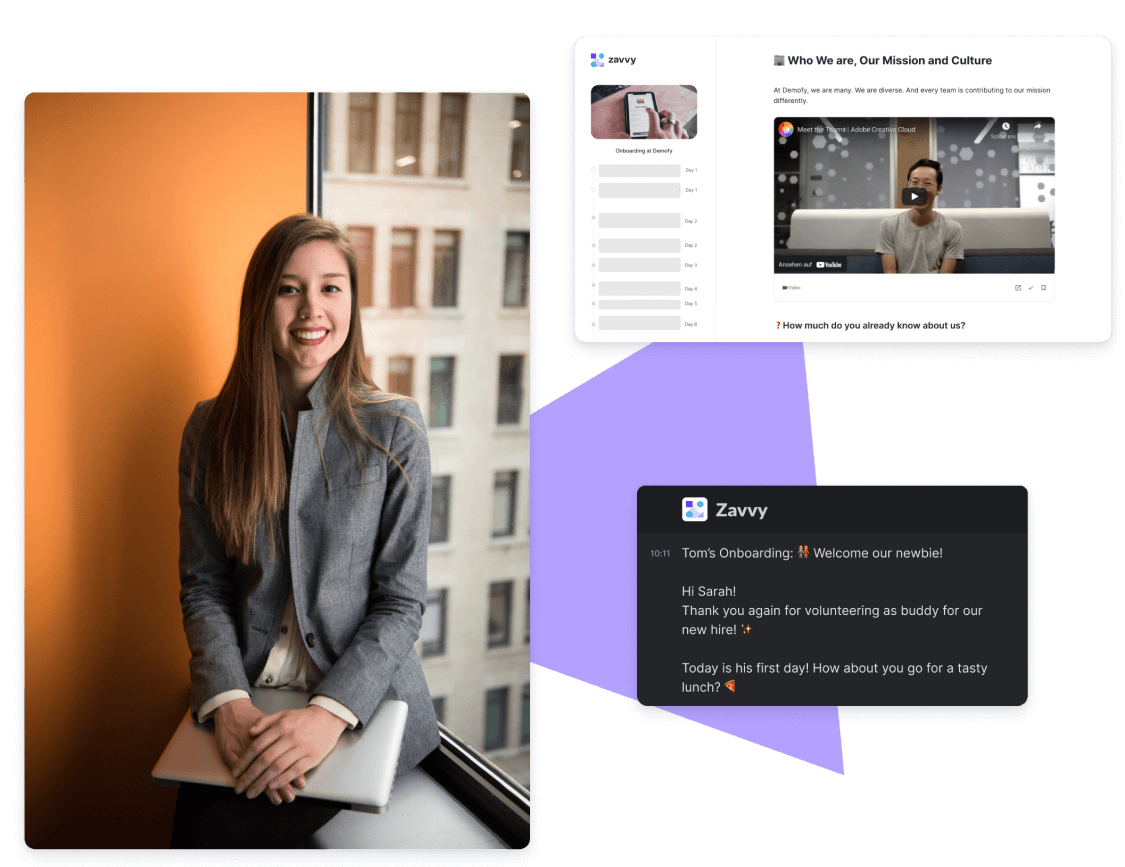



















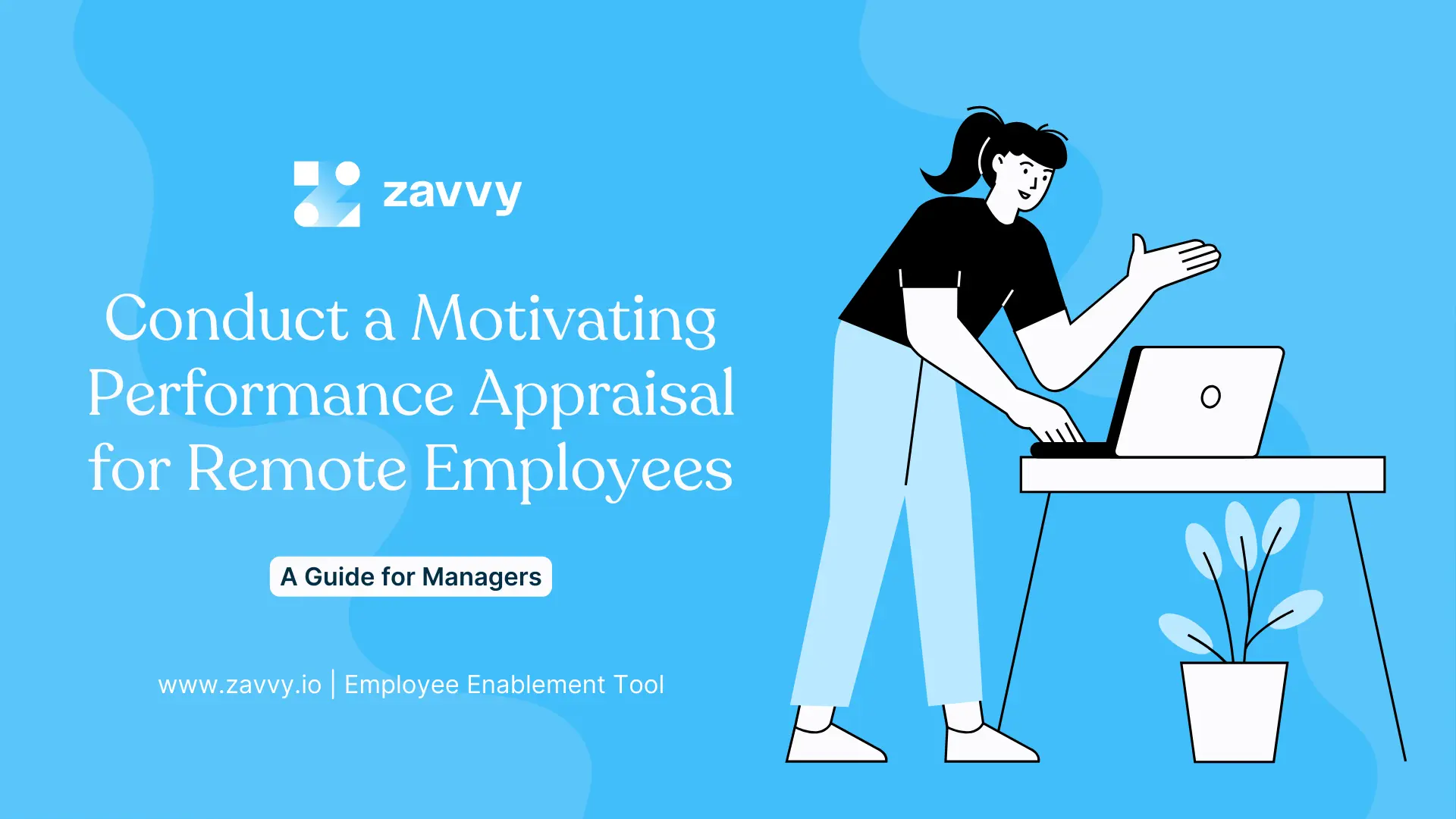
.png)







